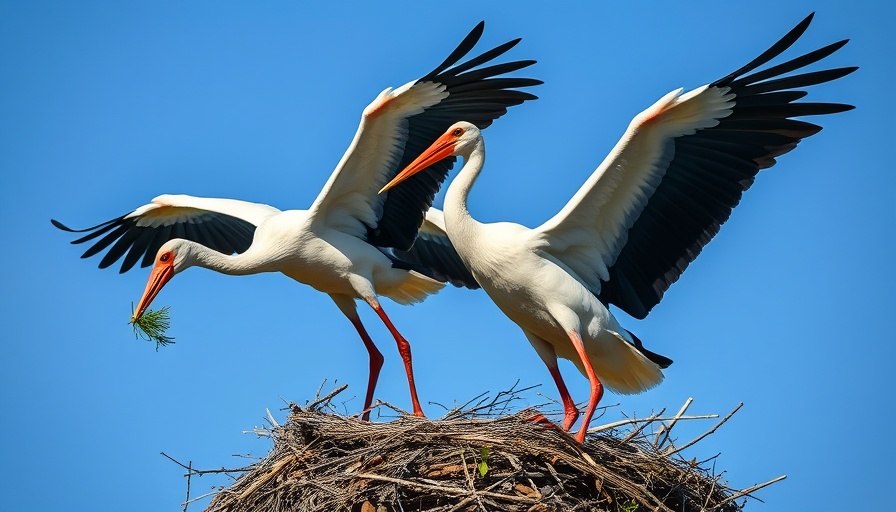
Understanding the Impact of Climate Change on Alpine Bird Survival
The ongoing effects of climate change on ecosystems around the globe are becoming increasingly apparent, particularly among wildlife species adapted to cold environments. A recent study focusing on the willow ptarmigan offers new insights into how climatic variations influence the survival rates of these mountain birds, revealing that the consequences of climate change are more intricate than previously thought.
Key Findings from the Study
Conducted by Lasse Eriksen and his team, the study tracked 272 individual willow ptarmigan over a seven-year period in the Norwegian mountains. The researchers aimed to model seasonal mortality risks linked to fluctuating snow conditions. Their findings indicate significant variations in mortality rates based on environmental factors such as snow levels and the timing of seasonal transitions.
For instance, the study found that an early onset of winter led to increased spring mortality among yearlings. Meanwhile, heightened spring snow levels were associated with higher mortality rates for both adult and juvenile birds. Additionally, sex-based differences emerged during the autumn; the implications of which stress the nuanced effects of changing climatic patterns.
The Role of Environmental Clarity and Food Scarcity
Crucially, the research highlights a trade-off between predation risk, exacerbated by the contrast between the white plumage of the birds and bare ground, and starvation stemming from food scarcity. The authors suggest that early autumn snow might have delayed effects on birds, particularly the young ones entering their first winter, emphasizing the need for fine-scale mechanisms within population models to accurately predict wildlife responses to climate change.
Why This Study Matters
The implications of this research extend beyond the willow ptarmigan. As ecosystems face the pressures of climate change, it becomes vital for conservation efforts to consider these subtle effects on wildlife populations. Understanding the complexities involved in survival dynamics is crucial for developing effective management strategies aimed at preserving these vulnerable species.
Furthermore, integrating climate-related data into wildlife management practices can help predict population trends and ensure that interventions are timely and appropriate. This research serves as a reminder of the importance of viewing climate change through a multi-faceted lens, taking into account both direct impacts and broader ecological relationships.
 Add Row
Add Row  Add
Add 




Write A Comment